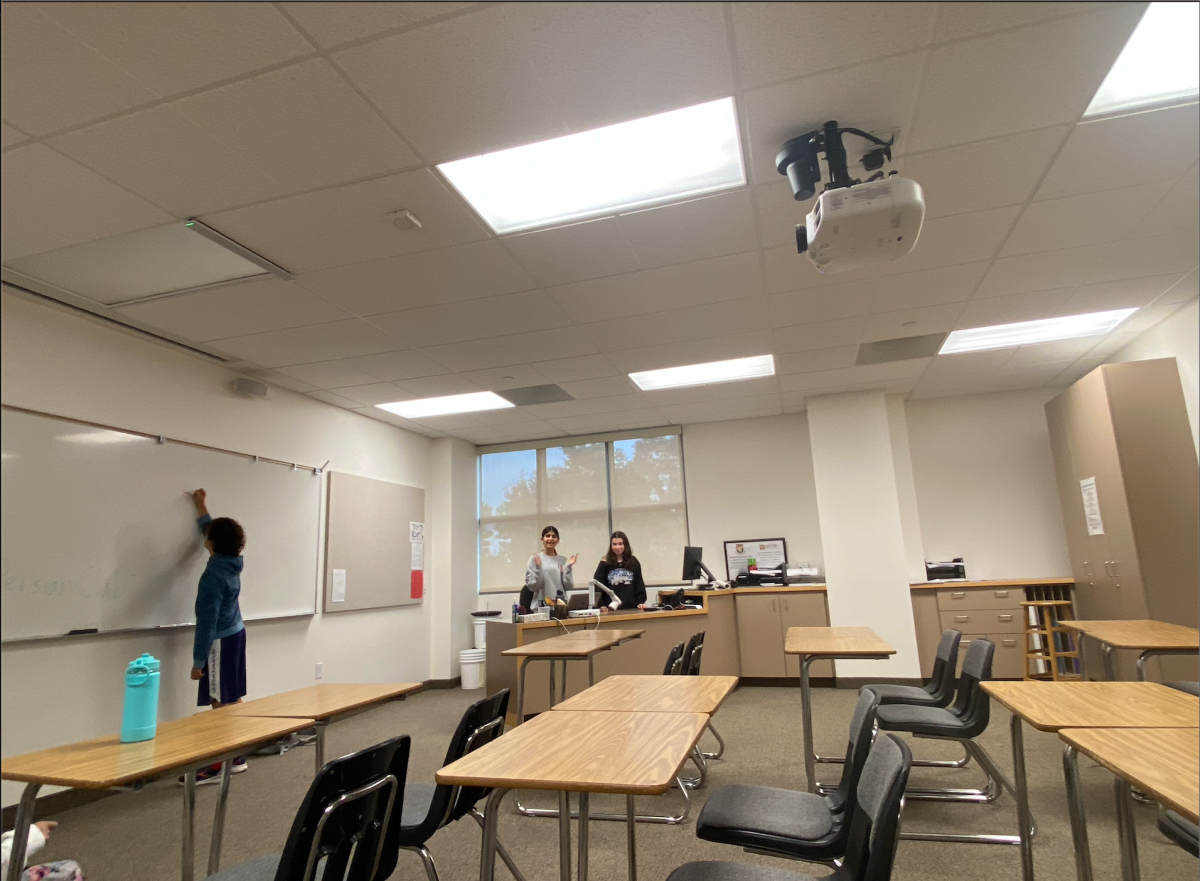I’m sure you’ve all heard of, seen, or maybe even owned something called blue light glasses. A major trend during the COVID-19 pandemic, you can find them anywhere and everywhere, online and in stores, from Warby Parker to Walmart, from Amazon to CVS.
These spectacles were a potential solution to a quickly growing problem: people were experiencing massive eye strain after using their electronic devices for increasingly long amounts of time. According to a study from Grant Foster, before the pandemic, the average American’s screen time was about four hours of screen time per day.
According to that same study, as of September 2020, that number has steeply increased to just over six hours a day! A 50% increase in the average person’s screen time is bound to have consequences, and they came in the form of eyestrain and headaches.
Nearly six in 10 respondents of the Grant Foster survey said they suffered screen-related aches and pains, with the average participant getting about three aches per week. As a result, some companies took a leap of faith and decided that the cause of these headaches was from the blue light coming from computers that we stare at all the time and built glasses which limited exposure to the blue light, and therefore theoretically eliminated the aches and pains.
These were a huge success. According to its paying customers, they worked, with the Foster Grant survey finding that 80% of respondents saying the product improved their eyestrain. It also sold incredibly well, creating a market worth over $18 million, and making its way into the hands of millions of Americans. However, there’s one large possibility people seemed to overlook.
According to new information, the blame was misassigned. A new study from the American Academy of Ophthalmology said, “it’s not necessary to spend money on special [eyewear] for computer use.” The organization says blue light from digital devices doesn’t lead to eye disease or even eyestrain. The problems people complain about are caused purely by the overuse of electronic devices, the study says.
Amir Mohsenin, a professor at McGovern Medical School, says there are additional culprits of eyestrain that are being accentuated due to the additional screen time.
First of all, the lighting in your room. Staring at a bright screen in a dark room will be detrimental to your eyesight. According to an article from Harvard Health Publishing, the accentuated glare and harsh reflections will cause additional eye fatigue.
According to Mohsenin, another major factor in eyestrain, which you may have never considered before, is the rate at which you blink. Blinking is necessary to lubricate your eyes, and when you’re concentrating on something, your blink rate can decrease by more than 50%. The dryness leads to irritation and aches. “When your eye becomes too dry, you begin to become symptomatic. Normally, we blink around 15 or more times a minute. You can go down to 7 times pretty easily when you’re staring at your computer screen,” said Mohsenin.
Finally, Mohsenin recommends a concept called the 20/20/20 rule invented by Californian Ophthalmologist Jeff Anshell. It says that every 20 minutes, you should look at an object about 20 feet away for 20 seconds. It’s a smart way to safely maintain your blink rate without causing too much workflow interruption.
So, all of this begs the question: Do the blue light glasses work? How can they cause their customers to be happy and achieve real results while also not addressing the problems causing the symptoms? It all boils down to something truly fascinating.
The blue light glasses are really just a placebo. They work because people believe they work, which reduces stress. That in turn reduces eye strain and headaches, thus the positive results. It also is true that other things can be done to help the situation too, like being sure to blink at a more regular rate, keeping your lighting reasonable to avoid glare, and using the 20/20/20 rule. However, the very best thing you can do is visit an ophthalmologist for an eye exam to find if there are any treatable problems with your eyes.











